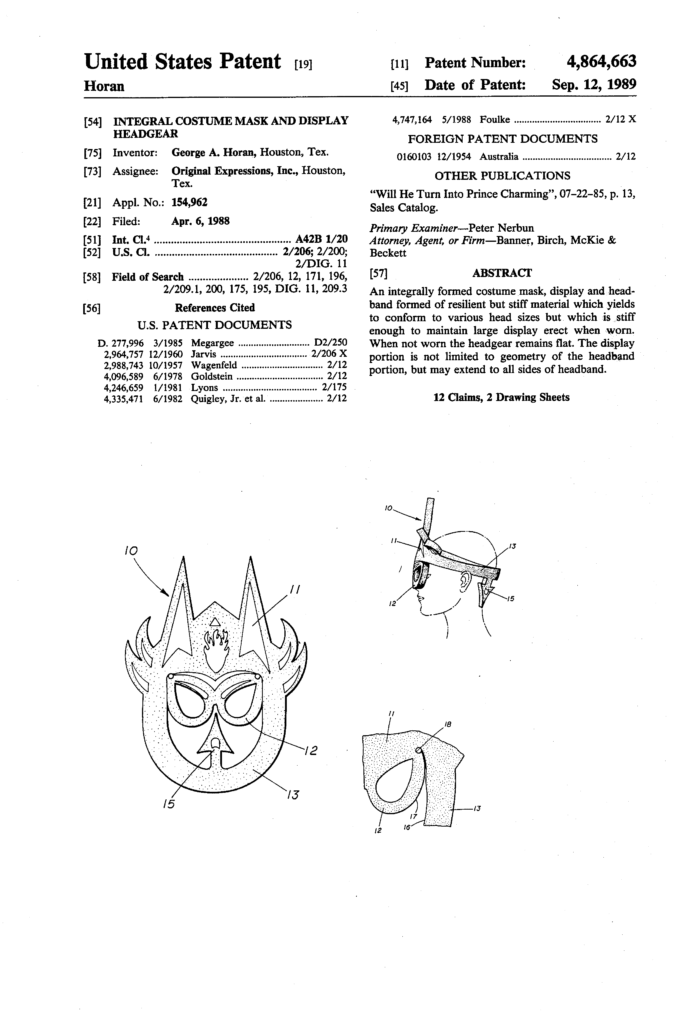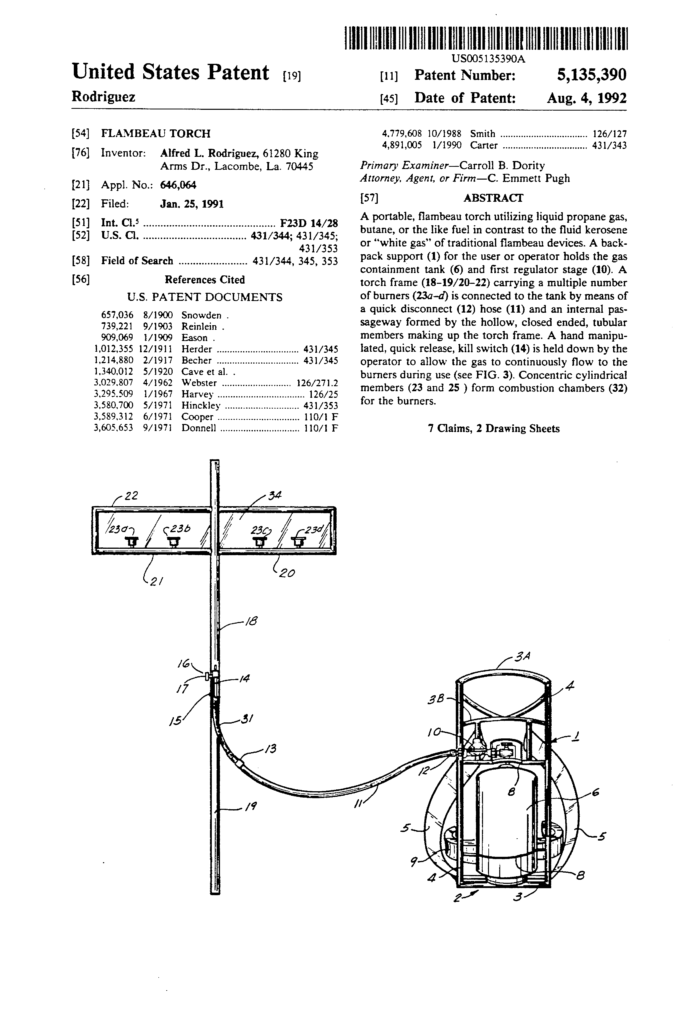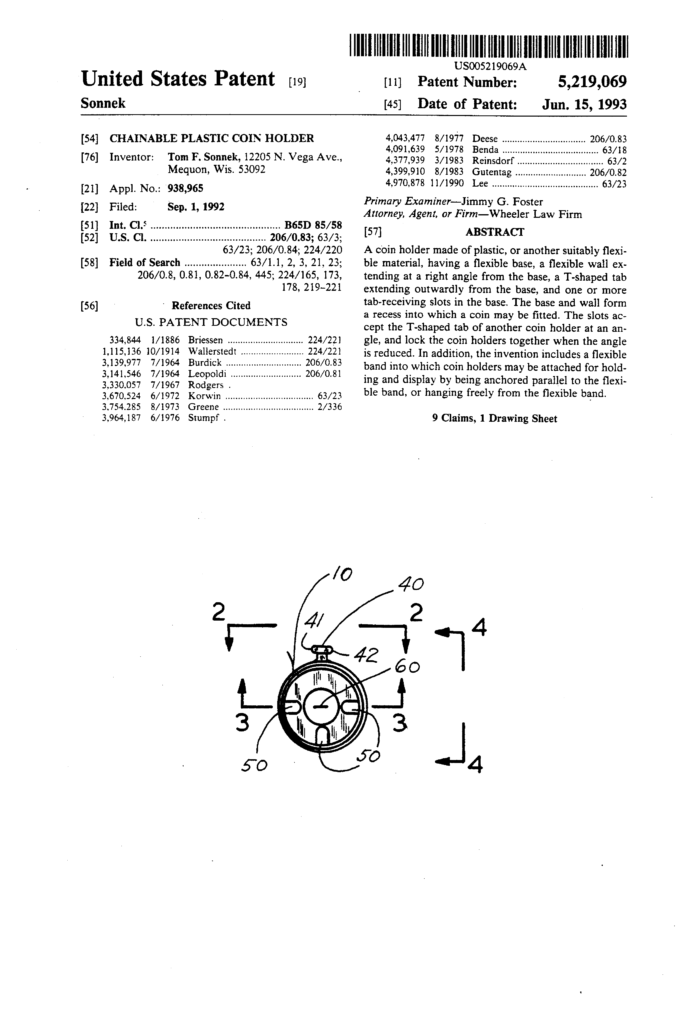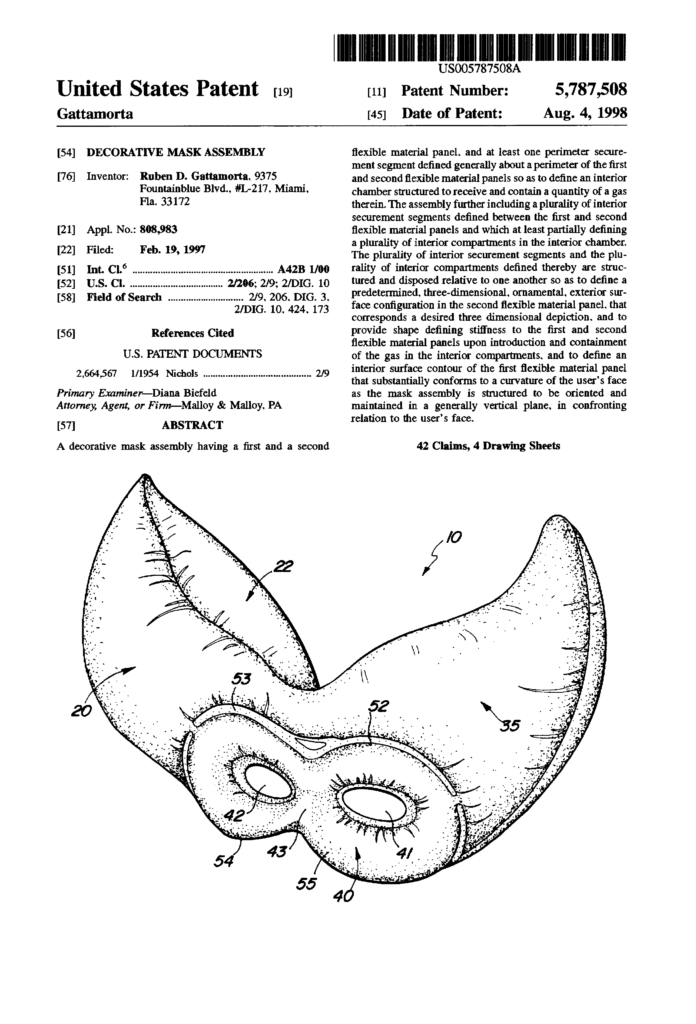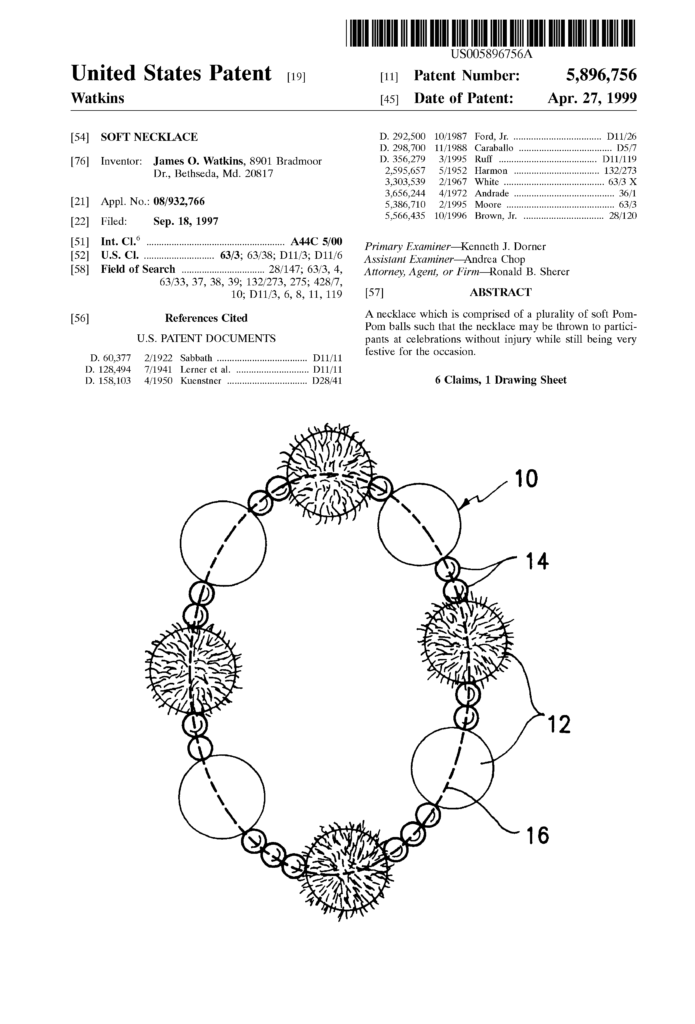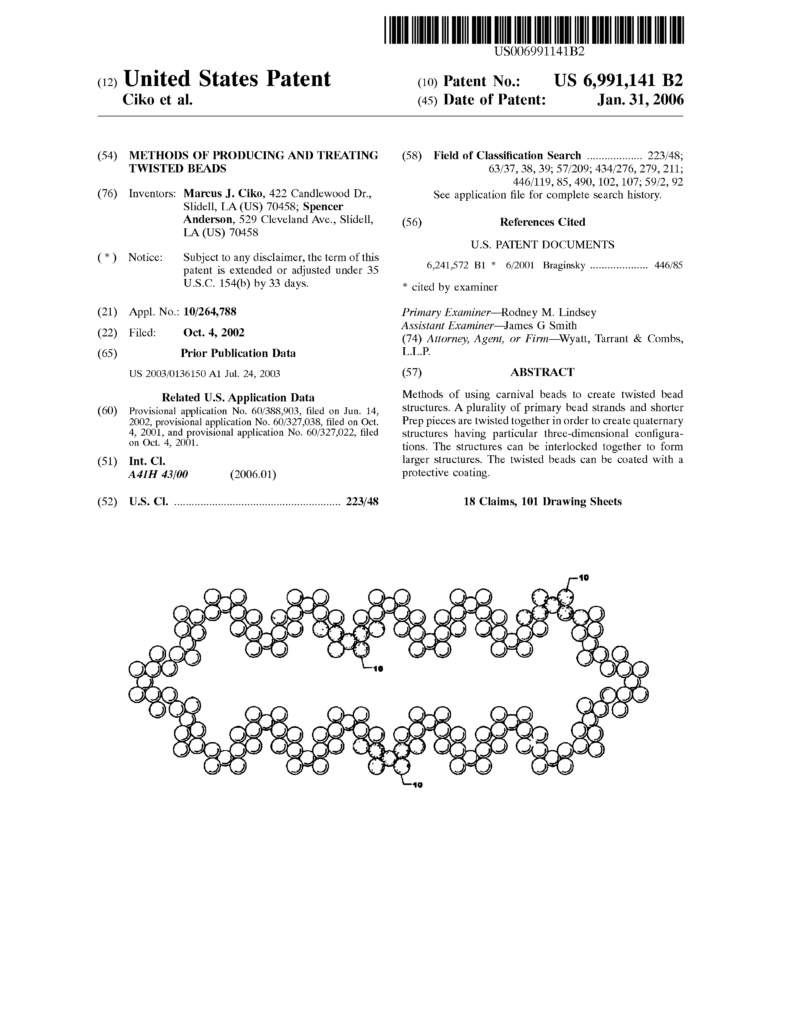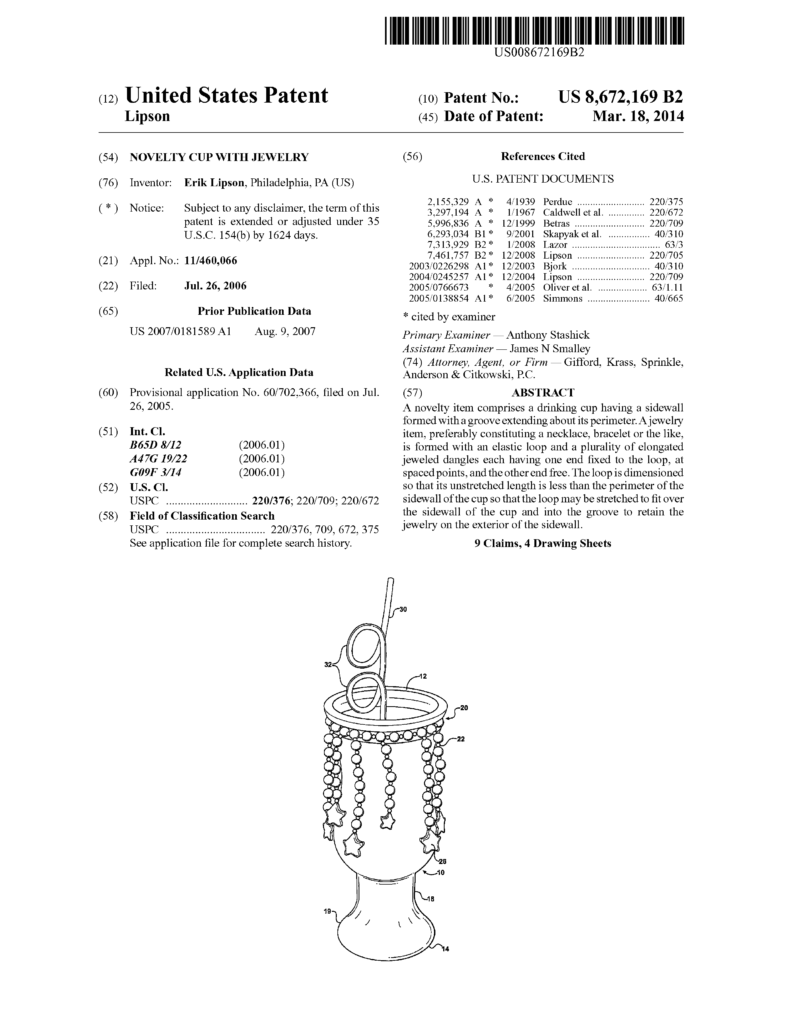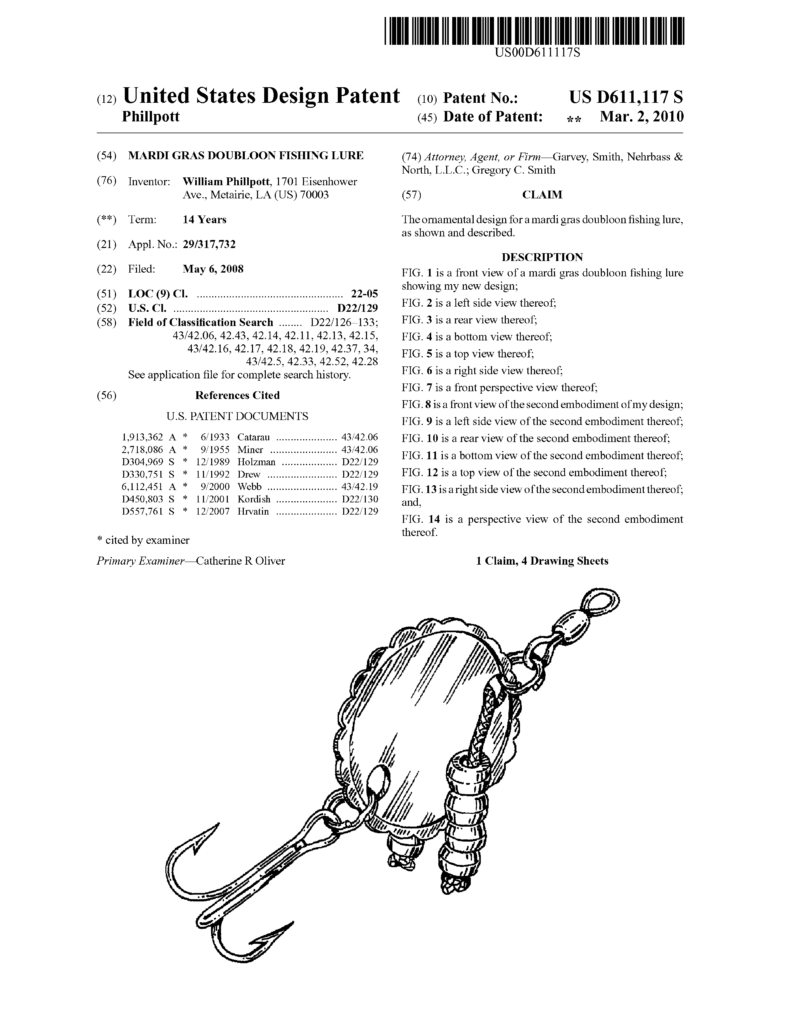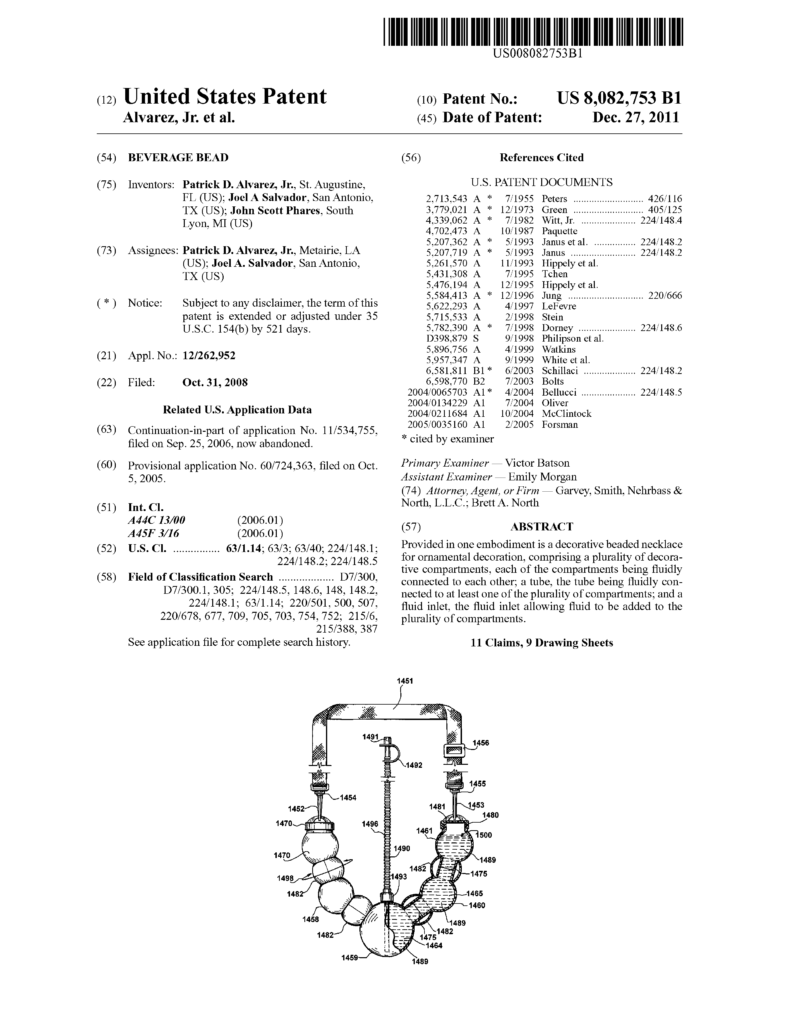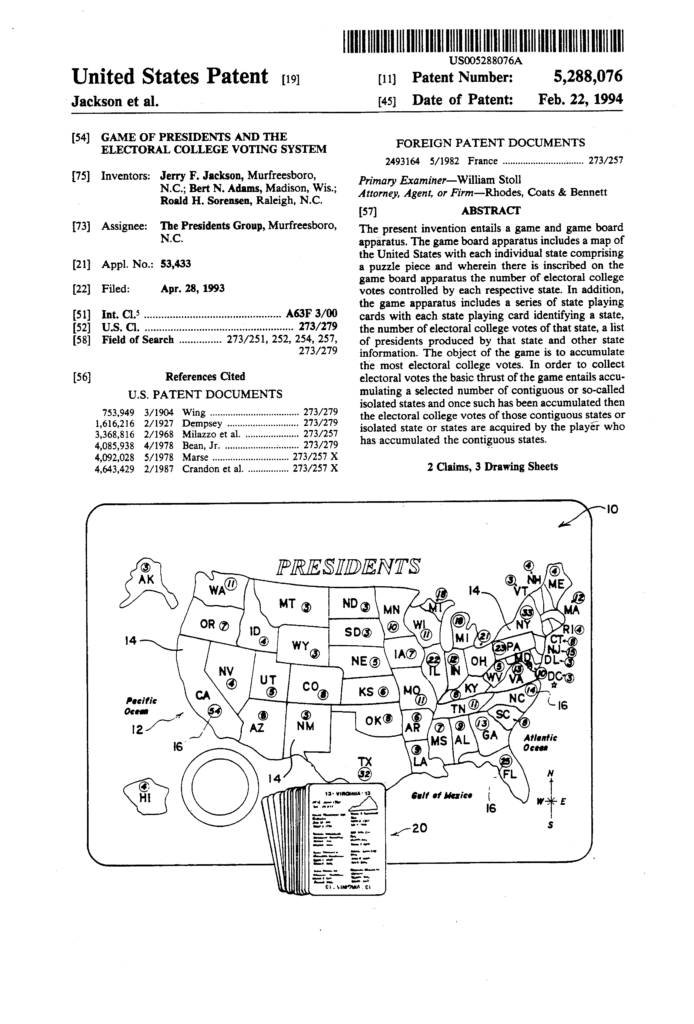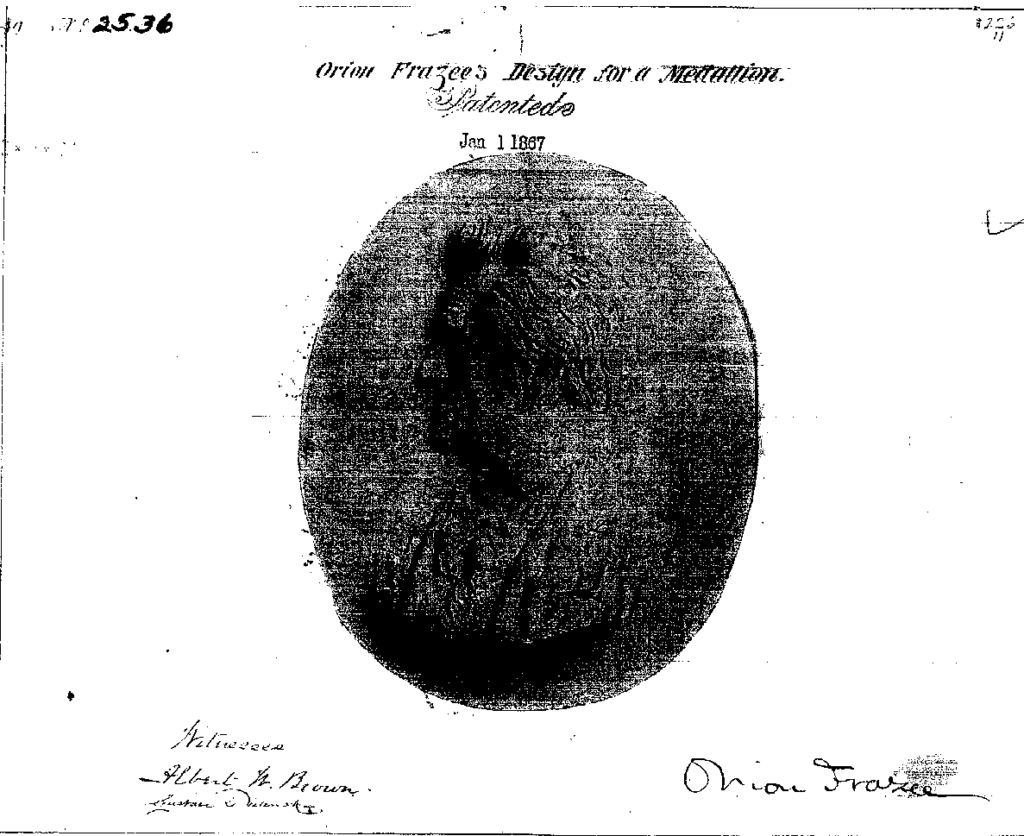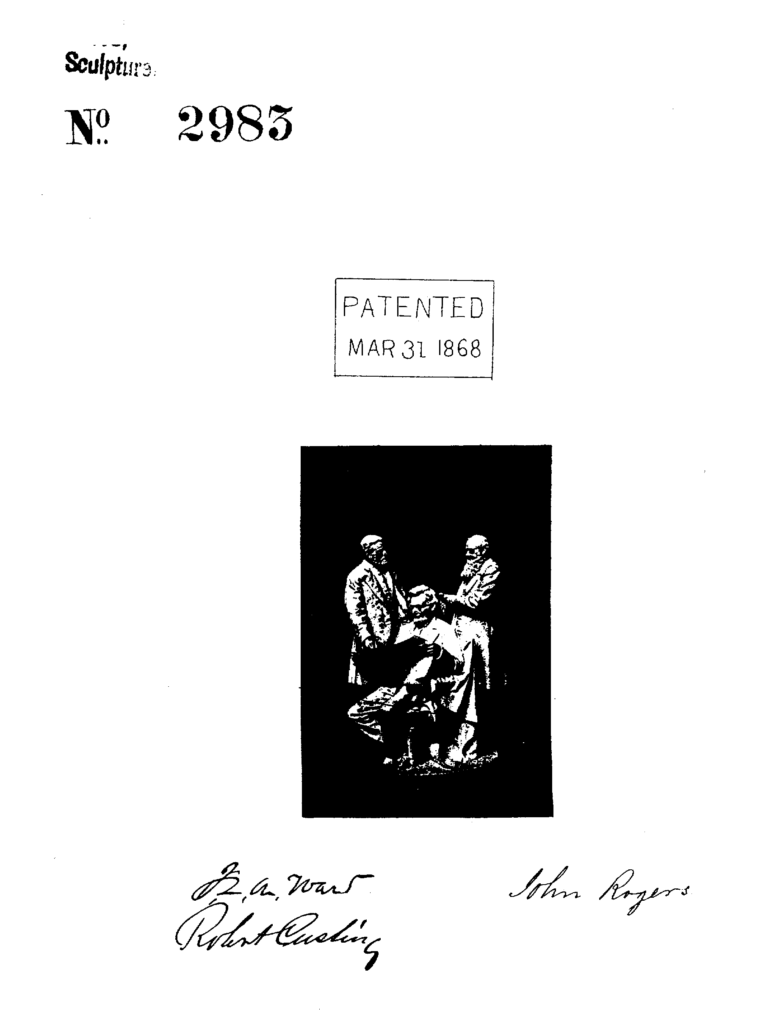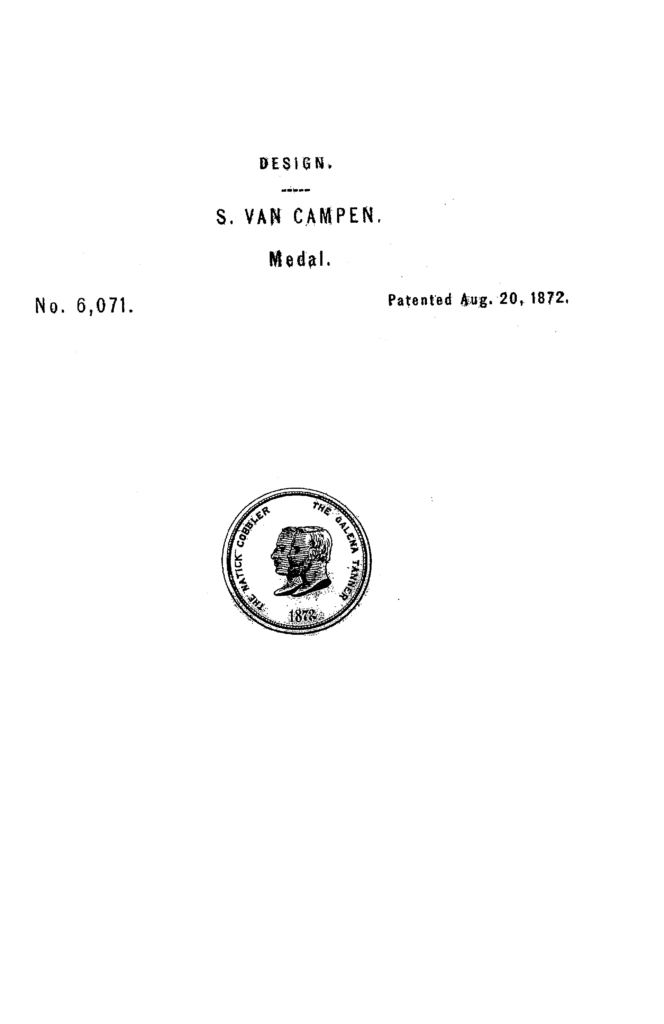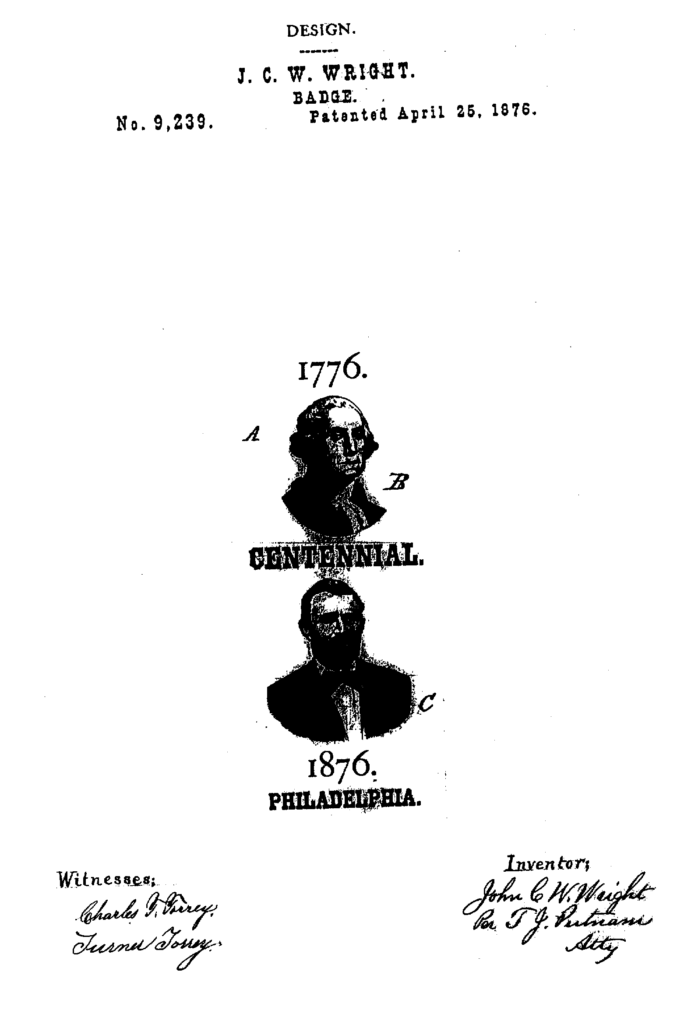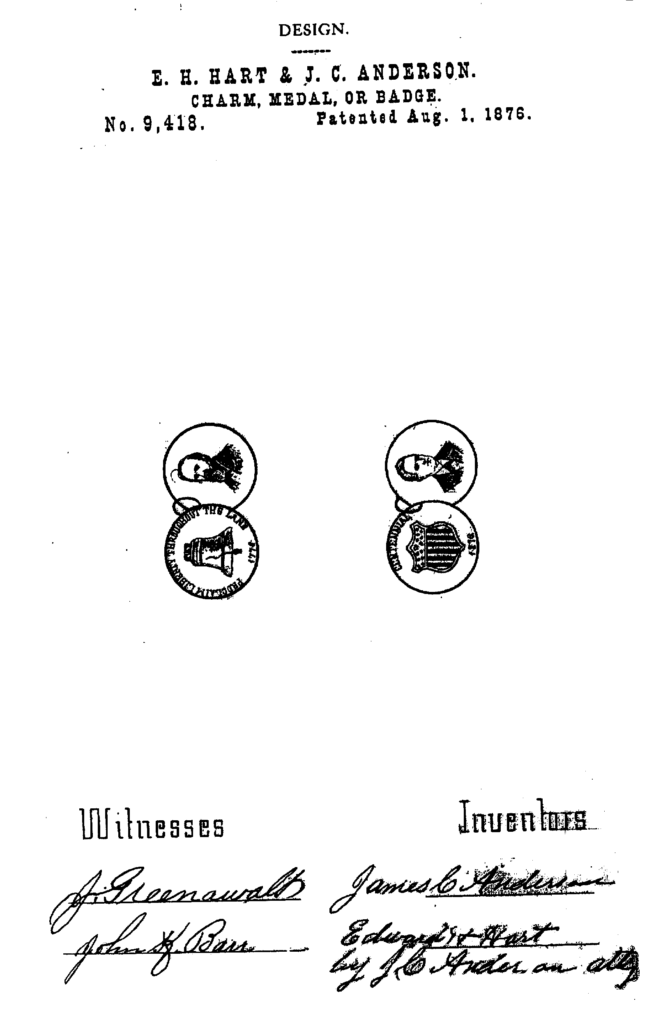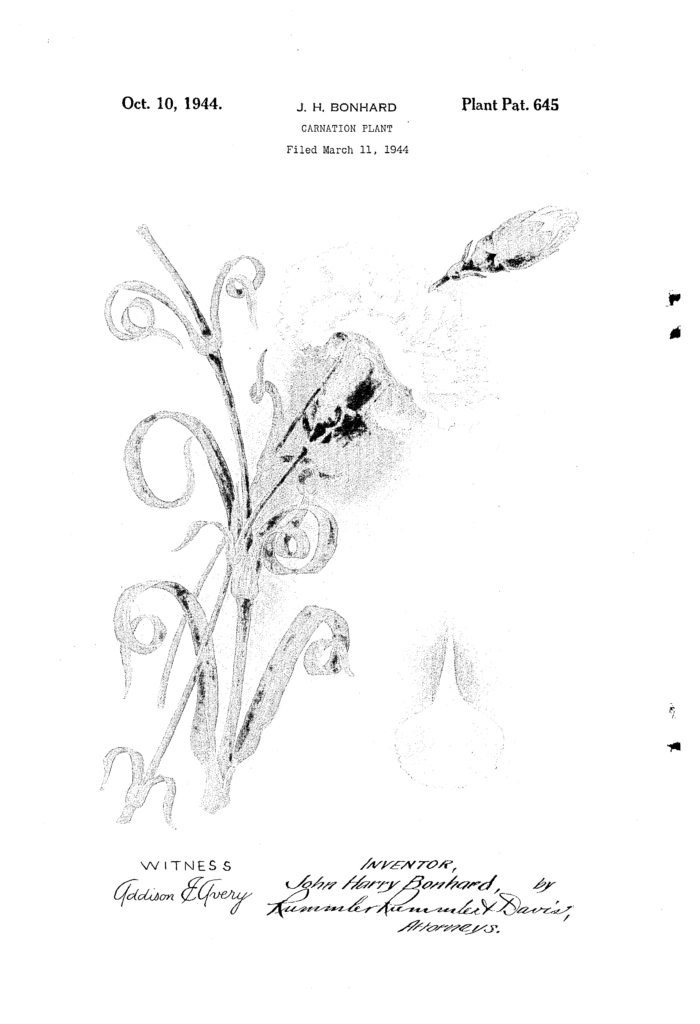In Jazz Pharmaceuticals, Inc., v. Avadel CNS Pharmaceuticals, LLC, [2023-1186] (February 24, 2023) the Federal Circuit lifted its stay on an injunction directing Jazz to take measures to delist U.S. Patent 8,731,963 from the FDA’s orange book, and affirmed the district court’s decision.
Claim 1 of the ‘963 patent was directed to “A computer-implemented system for treatment of a narcoleptic patient with a prescription drug that has a potential for misuse, abuse or diversion.” Claim 6, the other claim at issue, was dependent on claim 1. Under the Hatch-Waxman Act (21 U.S.C. § 355(b)(1)(A)(viii)), when a drug developer files an NDA, information on each patent “for which a claim of patent infringement could reasonably be asserted” must be submitted to the FDA if the patent claims either (i) the drug submitted for approval, or a formulation or composition thereof, or (ii) “a method of using such drug for which approval is sought or has been granted in the application.”
Avadel responded to Jazz’s infringement assertions with a counterclaim seeking delisting of the ’963 patent for failure to claim a drug or method of use. In evaluating the counterclaim, the district court found that, as a matter of claim construction, the ’963 patent claims a system and thus does not claim an approved method of use. The district court subsequently ordered Jazz to ask the FDA to delist the ’963 patent. Jazz filed a notice of appeal and moved the district court to stay the injunction pending appeal, when the district court denied the stay, the Federal Circuit extended the stay until it could evaluate the issue on the merits.
The district court determined that the ’963 patent claims recited systems, not methods. Jazz contends that the word “system” as it appears in the ’963 patent claims is, essentially, a synonym for “method.” But, the Federal Circuit noted, method claims require the performance of steps; claims that describe physical components of a whole are system, or apparatus, claims. The Federal Circuit said that the fact that the claimed systems can be used in the course of treating patients suffering from narcolepsy did not alter the fact that these are system claims. It therefore found that the claims of the ’963 patent were properly construed by the district court as system claims, not method claims.
Jazz contended that FDA regulations which describes listing patents that “claim conditions of use,” yields a broader definition of “method” than permitted by the language of patent law and that this broader definition encompasses the claims of the ’963 patent. Jazz argued that since prescribers were bound to follow the system in treating patients with narcolepsy. The Federal Circuit said that Jazz misread the
regulation describing method-of-use patents. The regulations do not broaden the term “method” such that reciting a condition of use turns a system patent into a listable method-of-use patent. Rather, this regulation narrows that category of listable patents to those that (1) claim methods of use, wherein (2) those methods of use are directly relevant to the NDA in question.
The Federal Circuit thus affirmed the district court, and lifted the stay, restarting the 14-day period for compliance prescribed by 21 C.F.R. § 314.53(f)(2)(i) to be within 14 days of its
decision. Although not directly relevant, it is interesting to note that the Federal Circuit approves treating apparatus claims like method claims in §101 eligibility analysis. Too bad that that reasoning didn’t work for Jazz.

